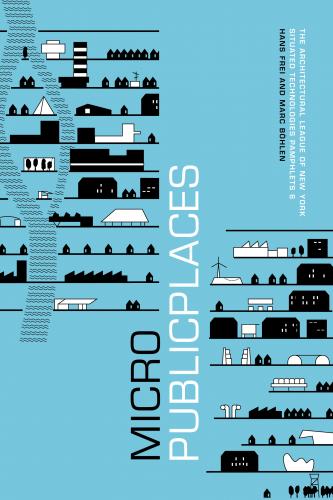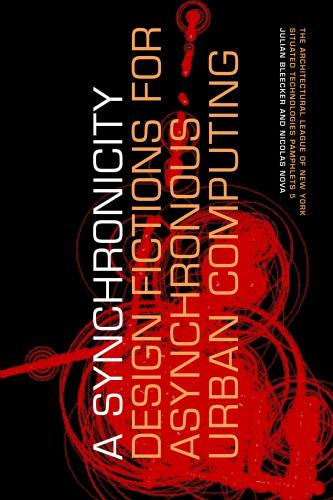Sabine Bitter, Helmut Weber: Autogestion, or Henri Lefebvre in New Belgrade (2009)
Filed under book | Tags: · architecture, city, self-organization, urbanism, yugoslavia

“The artist book by Sabine Bitter and Helmut Weber is based on an unpublished orginal text by French philosopher and urbanist Henri Lefebvre which is printed as a facsimile. This central text is contextualized and interpretated by accompanying commentaries and texts by Ljiljana Blagojevic, Zoran Eric, Klaus Ronnberger, and Neil Smith.
The text from Henri Lefebvre was submitted as part of a proposal with French architects Serge Renaudie and Pierre Guilbaud for the International Competition for the New Belgrade Urban Structure Improvement in 1986, sponsored by the state of Yugoslavia. In his urban vision for New Belgrade—the capital of former Yugoslavia founded in 1948—Lefebvre emphasizes the processes and potentials of self-organization of the people of any urban territory to counter the failed concepts of urban planning from above. For Lefebvre, at this late point in his life, the promises of both modernist capitalist as well as state socialist architecture and city planning had failed. Yet, Lefebvre viewed New Belgrade and Yugoslavia as having a particular position in what he has elsewhere called “the urban revolution.” As Lefebvre states, “because of self-management, a place is sketched between the citizen and the citadin, and Yugoslavia is today [1986] perhaps one of the rare countries to be able to pose the problem of a New Urban.””
Edited by Sabine Bitter, Jeff Derksen, and Helmut Weber (Urban Subjects)
With contributions by Sabine Bitter and Helmut Weber, Ljiljana Blagojevic, Zoran Eric, Klaus Ronnberger, and Neil Smith
Publisher: Sternberg Press, with Fillip, Vancouver, 2009
ISBN 9781933128771
160 pages
DJVU (6 MB, updated on 2013-12-8)
Comments (7)Marc Böhlen and Hans Frei (eds.): Situated Technologies Pamphlet 6: MicroPublicPlaces (2010)
Filed under pamphlet | Tags: · architecture, city, interactive design, labour, life, situated technologies, ubiquitous computing, urban computing, urbanism

In response to two strong global vectors: the rise of pervasive information technologies and the privatization of the public sphere, Marc Böhlen and Hans Frei propose hybrid architectural programs called Micro Public Places (MMPs). MPPs combine insights from ambient intelligence, human computing, architecture, social engineering and urbanism to initiate ways to re- animate public life in contemporary societies. They offer access to things that are or should be available to all: air, water, medicine, books, etc. and combine machine learning procedures with subjective human intuition to make the public realm a contested space again.
Series Editors: Omar Khan, Trebor Scholz, Mark Shepard
Publisher: The Architectural League of New York
PDF
Get a printed copy from Lulu.com.
Julian Bleecker and Nicolas Nova (eds.): Situated Technologies Pamphlet 5: A synchronicity: Design Fictions for Asynchronous Urban Computing (2009)
Filed under pamphlet | Tags: · architecture, city, interactive design, internet of things, labour, life, situated technologies, ubiquitous computing, urban computing, urbanism

In the last five years, the urban computing field has featured an impressive emphasis on the so-called “real-time, database-enabled city” with its synchronized Internet of Things. Julian Bleecker and Nicholas Nova argue to invert this common perspective and speculate on the existence of an “asynchronous city”. Through a discussion of objects that blog, they forecast situated technologies based on weak signals that show the importance of time on human practices. They imagine the emergence of truly social technologies that through thoughtful provocation can invert and disrupt common perspectives.
Series Editors: Omar Khan, Trebor Scholz, Mark Shepard
Publisher: The Architectural League of New York
PDF
Get a printed copy from Lulu.com.

